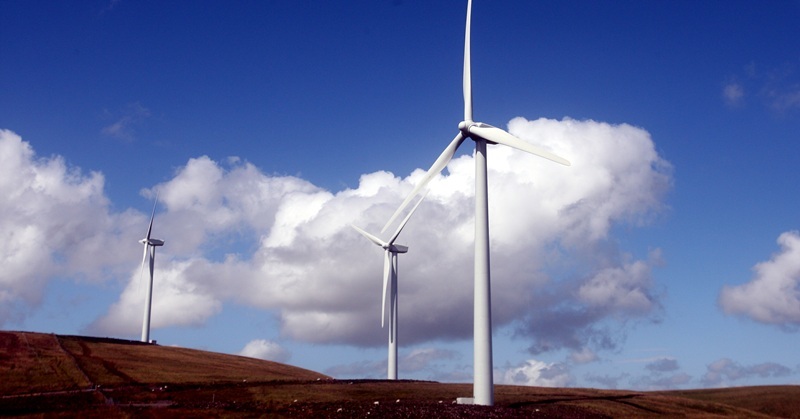The growing importance of renewable energy to the UK economy has been underlined after a report revealed more people are now employed in the wind energy sector than in the coal industry.
Dundee, Tayside and Fife are hoping to cash in on a boom in renewable energy, particularly offshore wind.
Spanish wind turbine manufacturer Gamesa has announced it intends to build a manufacturing and maintenance base in Dundee, while First Minister Alex Salmond has said £30 billion could be invested in the industry in Scotland, creating thousands of jobs.
However, a report commissioned by RenewableUK, the renewable industry trade association, has revealed the industry’s workforce nearly doubled in two years.
According to the report, which surveyed 253 companies in the wind and marine energy sector, the industry now has 10,800 full-time equivalent employees compared to 6081 who are employed in the coal industry.
More than half of employees (56%) in the wind energy sector work on large-scale onshore wind turbines, while 29% work in offshore wind developments.
Between 2007-08 and 2009-10 there was a 91% increase in the number of people employed by the wind sector as a whole, while UK employment shrank by 3.4% over the same period.RemarkableMaria McCaffery, chief executive or RenewableUK, said, “Two conclusions from the results of this remarkable study are immediately obvious this sector has withstood the negative gross domestic product growth of the UK recession and bucked the overall employment trend in a spectacular way by a near doubling of the workforce.
“Furthermore, the increase in jobs has to a large extent mirrored the increase in electricity contributions from renewable sources chiefly wind to the grid.
“Latest statistics for the third quarter of 2010 show the total share of renewable electricity at 8.6%, dividing in equal parts between wind and all other sources, compared to 2008 when the total share of electricity from wind was around 2%.”
She added, “It is now obvious that acting decisively on reducing carbon emissions and diversifying our energy supply will bring a double bonanza of increased green energy yields and economic growth.
“This study presents a compelling case for increasing our base of installed renewable energy devices. There is a clear link between sector activity and UK employment gains.
“Creating a policy framework that ensures our wind, wave and tidal resources are fully utilised will create jobs and stimulate economic activity at a time when we need it most.”
Benj Sykes, director of innovations at the Carbon Trust, a not-for-profit organisation set up to help firms reduce carbon emissions, said, “The latest analysis provides a very encouraging picture of an emerging supply chain and it’s reassuring to see the UK’s offshore wind ambition translate into real jobs.
“Our analysis shows that the offshore wind sector has the potential to generate up to 70,000 jobs by 2020.”
